How to Check the Air Quality in Your Home — Because the Bad Stuff Isn't Always Easy to Detect
An expert guide to a better quality of air and life. Here's what you need to know


Sometimes, the most impact you can make on a space is to tackle the unseen. That can mean creating a scent profile for your home or playing music in the background to create an atmosphere.
But an often overlooked factor is the quality of the air in your home, especially when it’s not regularly filtered. So, how exactly do you check air quality in your home? It's easier than you think, and all you need is an air quality monitor. But what does it even mean to have poor air quality and how would you know that the air quality in your home is bad?
We spoke with experts to find out more, and here's what they had to say about checking air quality within the home.
How Do I Check Air Quality In My Home?
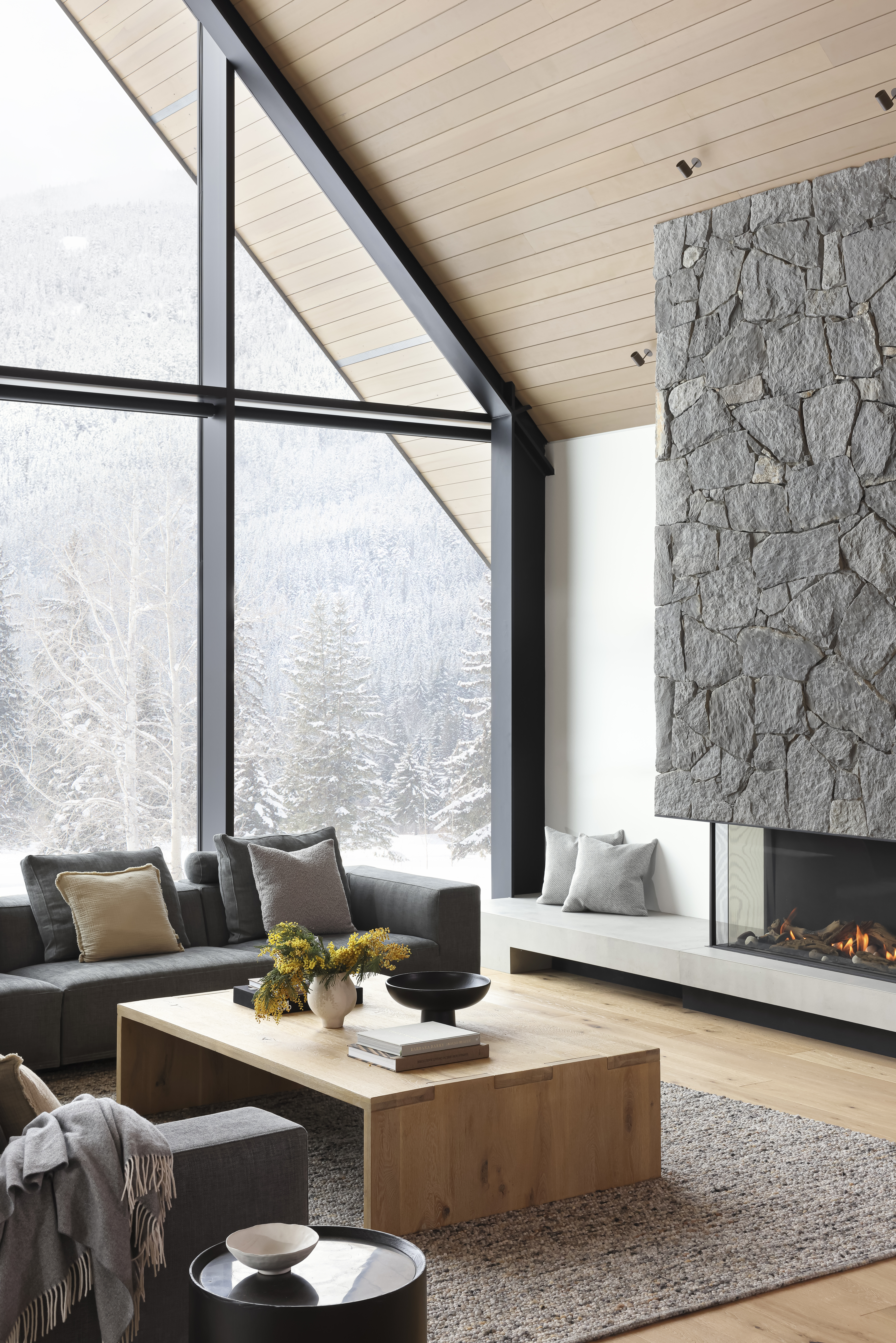
All you need is good ventilation for optimal air quality.
Do you often use an air purifier, or is your kitchen ventilation in check? Whatever methods you have in your home to keep the air fresher for longer are always good to get checked, but how exactly is this done? An air quality monitor is the way to go, according to the experts.
"Sensor technology over the last few years has improved tremendously while sensor cost has dropped," Alex Long, Vice President and co-founder of indoor air quality management systems company Build Equinox. "A typical indoor air quality monitor may range in cost between $100 - $300 (£80-£240), depending on how many sensors are included in the monitor." But for a more affordable option, this Temtop Air Quality Monitor from Amazon is priced at just £69.99. Or you can opt for this Therm La Mode CF-30 Air Quality Monitor from Amazon, priced at £179.99.
Alex continues: "While our noses can often alert us of air quality issues like rotting food or burning toast, there are many undetectable chemicals and particulates in the air that are hazardous to our health," Alex adds. "The best option, however, is using an Indoor Air Quality Management (IAQ) system… Often, someone will simply purchase an IAQ monitor and place it in their living room, but it is important to measure air quality throughout the home."
If you want to reduce moisture in an apartment, learning about your home's air quality is essential. There are many devices to choose from in the market to get you started — such as this Birdie Design Indoor CO2 Monitor from Amazon priced at £157.82. It's discreet and easy to use. Best of all, you can't even tell that it's an air quality meter that can seamlessly fit into any space within the home.
What Can Cause Bad Air Quality in the Home?
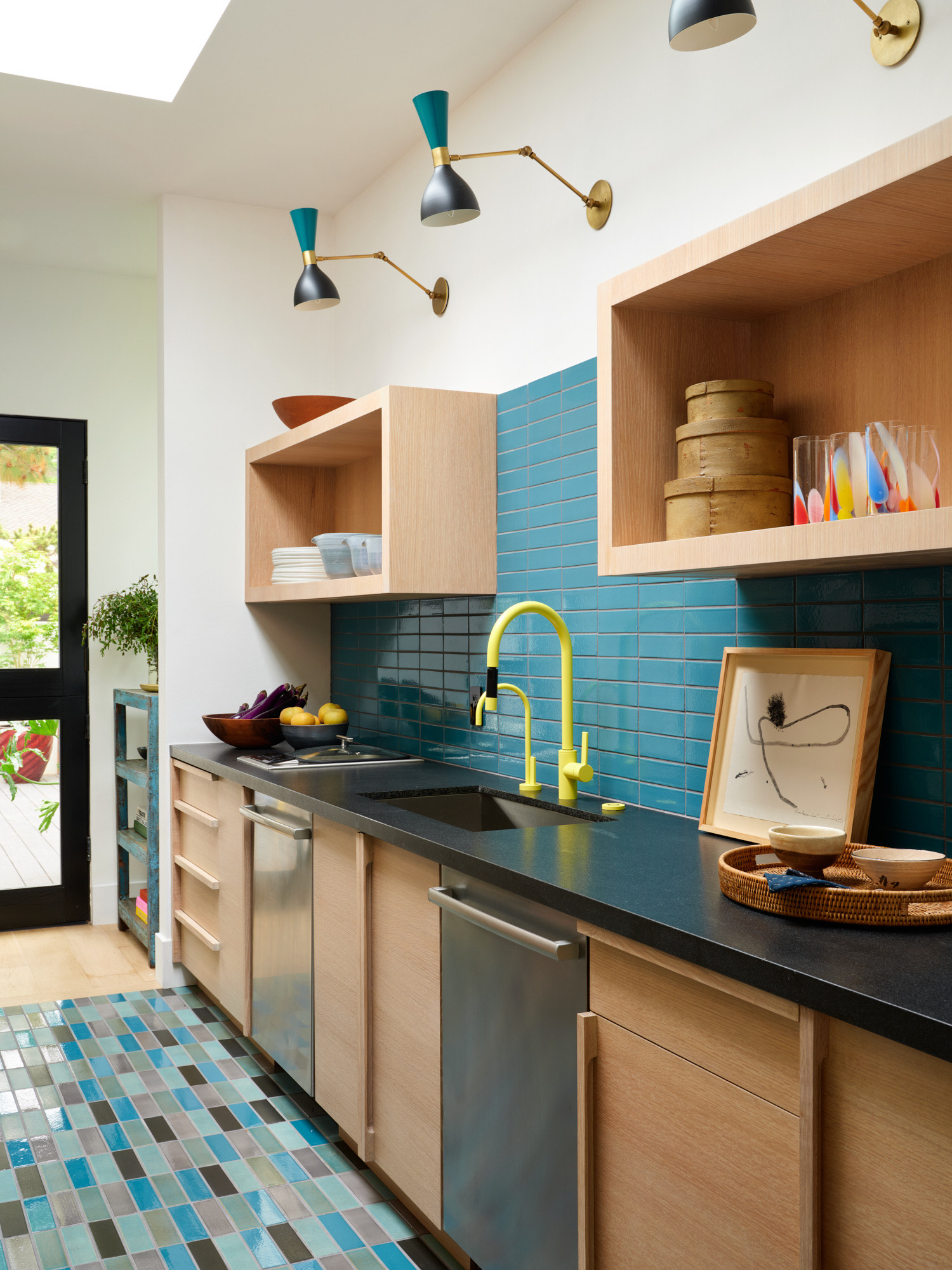
Color and cleanliness is the key to a prime kitchen.
"Indoor air can become polluted in many ways. New furniture, rugs, construction materials, etc. are often treated with various chemicals and can continue to off-gas for days, weeks, or even months," says Alex Long, Vice President and co-founder of indoor air quality management systems company Build Equinox.
It seems your household cleaning schedule may be impacting your air quality, especially if you're using the wrong cleaning products. "Be careful with how you clean your house; many cleaning products may include chemicals like ammonia or chlorine, and these can become airborne when sprayed or scrubbed," Alex warns. "Reducing the use of hazardous chemicals in the home goes a long way – be sure to read the labels and MSDS (material safety data sheet) for potentially dangerous compounds in the products you use."Be careful with how you clean your house; many cleaning products may include chemicals like ammonia or chlorine, and these can become airborne when sprayed or scrubbed."
But there are also external factors to keep an eye out for. Alex tells us: "We also can’t forget – sometimes poor air quality inside the home can be caused by poor air quality outside the home."
"Particulates and pollution released from passing cars and trucks, wildfire smoke, factory emissions, and dust from harvesting fields can all make their way into your home, infiltrating your windows, doors, and small cracks in your walls," he adds.
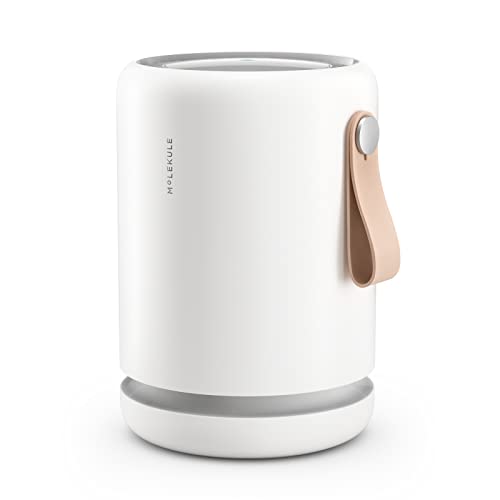
Price: £249, Was: £299.99
For those who want a long-term option on a small budget, this product works in rooms up to 250 square feet — a worthy investment.
FAQs
How Do I Maintain Good Air Quality in My Home?
Dr Jaspreet Dhau, air quality expert at Molekule, offers some tips for maintaining good air quality:
Cleaning: "Regularly cleaning your home, avoiding harsh chemical cleaners, and maintaining humidity levels between 30-50% are also important steps in keeping indoor air fresh and healthy," the expert tells us.
Air Purifiers: Dr Jaspreet adds, "Personal air purifiers can significantly improve indoor air quality by targeting pollutants directly in smaller, personal spaces like bedrooms or home offices. The most effective personal air purifiers use technologies such as HEPA filters, which capture up to 99.97% of particles as small as 0.3 microns, which include common allergens like pollen, dust mites, pet dander, and smoke to capture allergens, dust, and pet dander, and in some cases, advanced technologies like PECO to break down VOCs and bacteria."
Managing your air quality is not just about aiming for fresh air in the home, although this will make your experience of home better. It’s also about your long term health and it has a huge impact on your overall ability to function.
With the knowledge shared and the tips given to remedy it, you should be able to feel an improvement in how you feel, which is worth far more than you could ever invest in air quality management.
Be The First To Know
The Livingetc newsletters are your inside source for what’s shaping interiors now - and what’s next. Discover trend forecasts, smart style ideas, and curated shopping inspiration that brings design to life. Subscribe today and stay ahead of the curve.

Cheyenne is a homes writer and journalist living in South London. She contributes to Livingetc and has previously written for British Vogue and FT Weekend. Outside of her work covering home design and trends, she loves designing and renovating spaces for family and friends and never shies away from an estate sale or auction.
-
 My 10 Favorite Designs at Milan Design Week 2025 — Out of the Hundreds of Pieces I Saw
My 10 Favorite Designs at Milan Design Week 2025 — Out of the Hundreds of Pieces I SawThere is a new elegance, color, and shape being shown in Milan this week, and these are the pieces that caught my eye
By Pip Rich
-
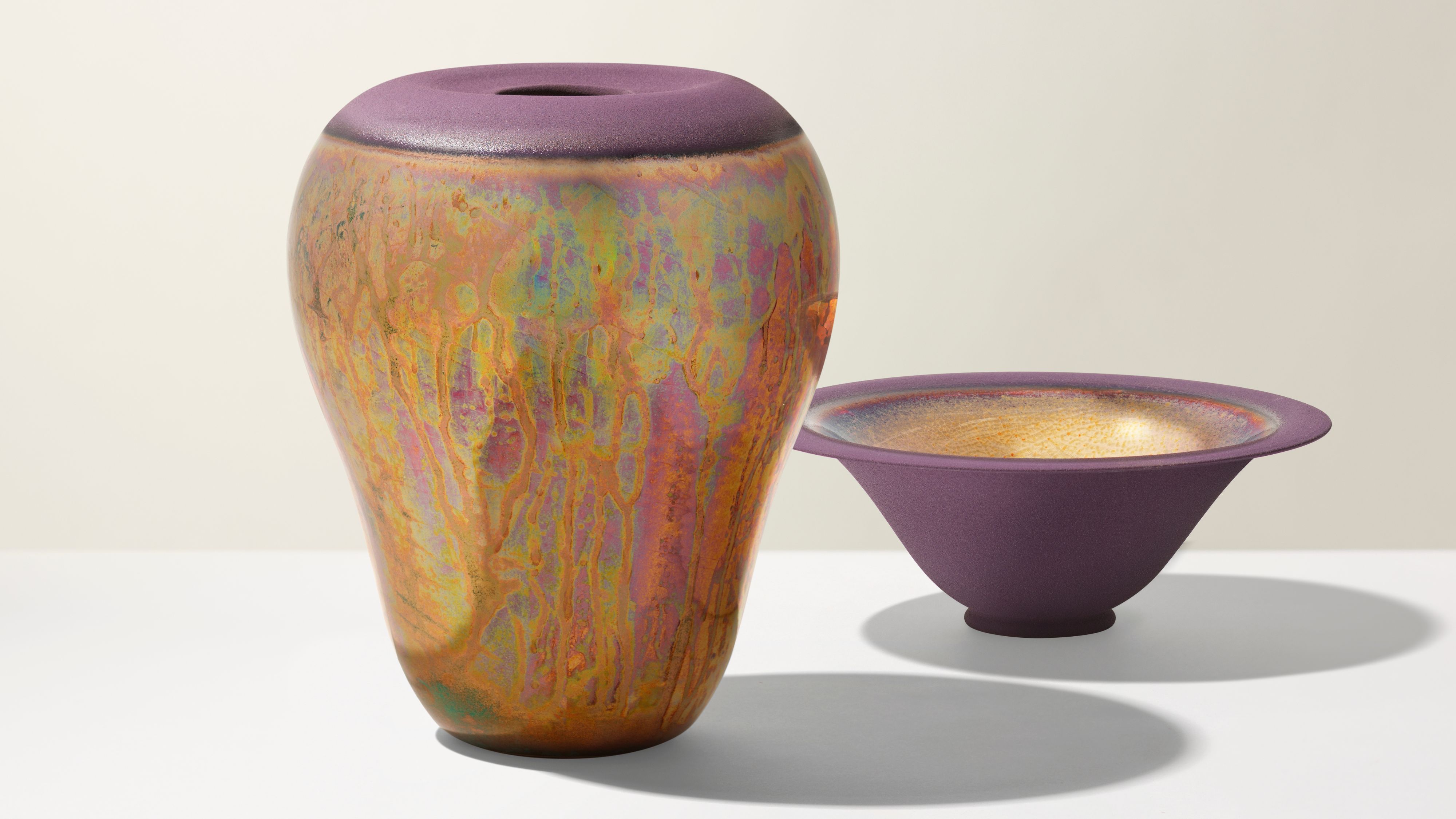 Iridescence Is Chrome’s More Playful, Hard-to-Define Cousin — And You're About to See It Everywhere
Iridescence Is Chrome’s More Playful, Hard-to-Define Cousin — And You're About to See It EverywhereThis kinetic finish signals a broader shift toward surfaces that move, shimmer, and surprise. Here's where to find it now
By Julia Demer
-
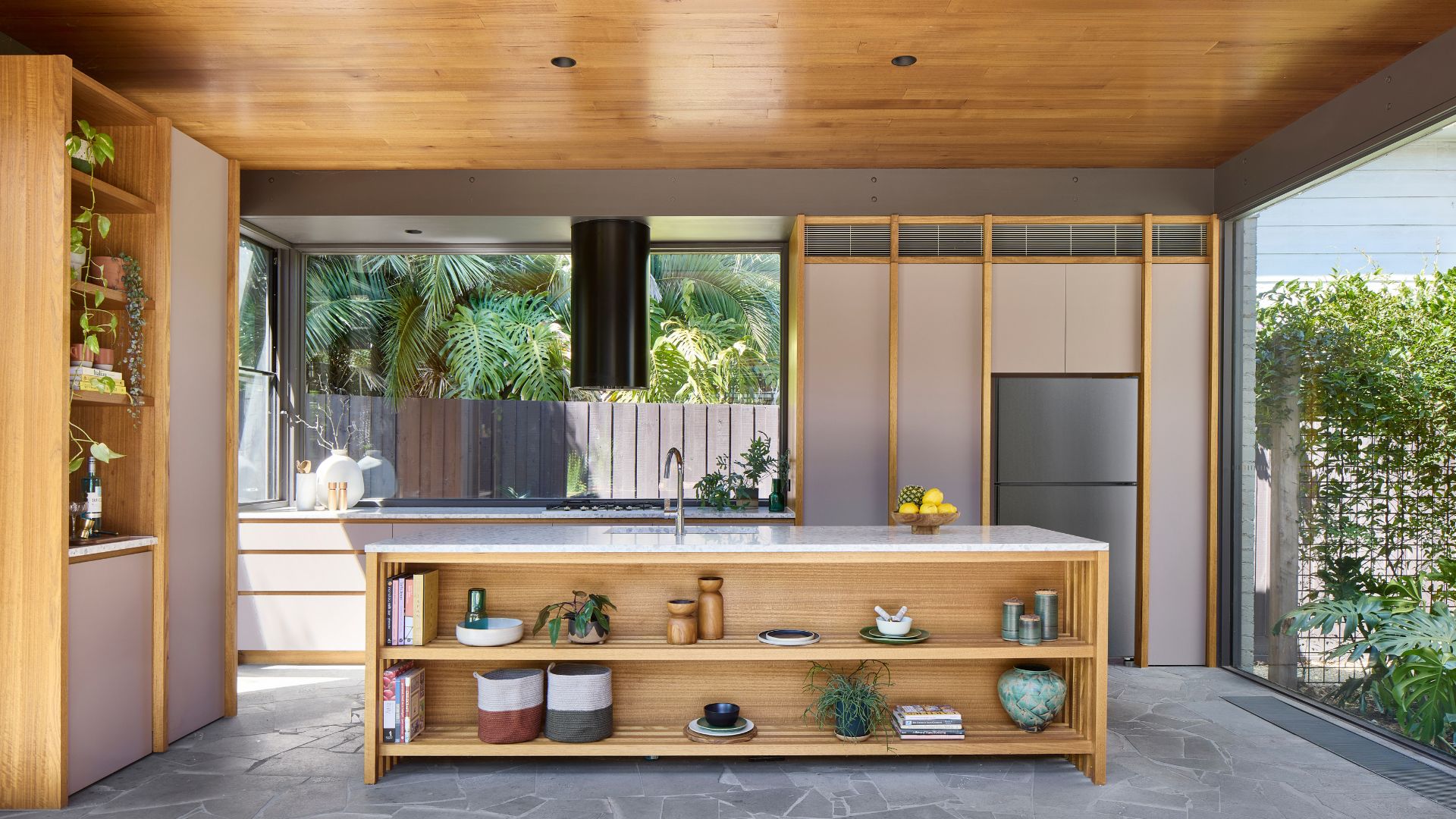 Biophilic Decluttering — What to Take Out of Your Home (and What to Put in) for a More Natural Home
Biophilic Decluttering — What to Take Out of Your Home (and What to Put in) for a More Natural HomeTry your hand at biophilic decluttering to ground your interiors, connect to the environment, and cure chronic clutter in one go. Here's how.
By Amiya Baratan
-
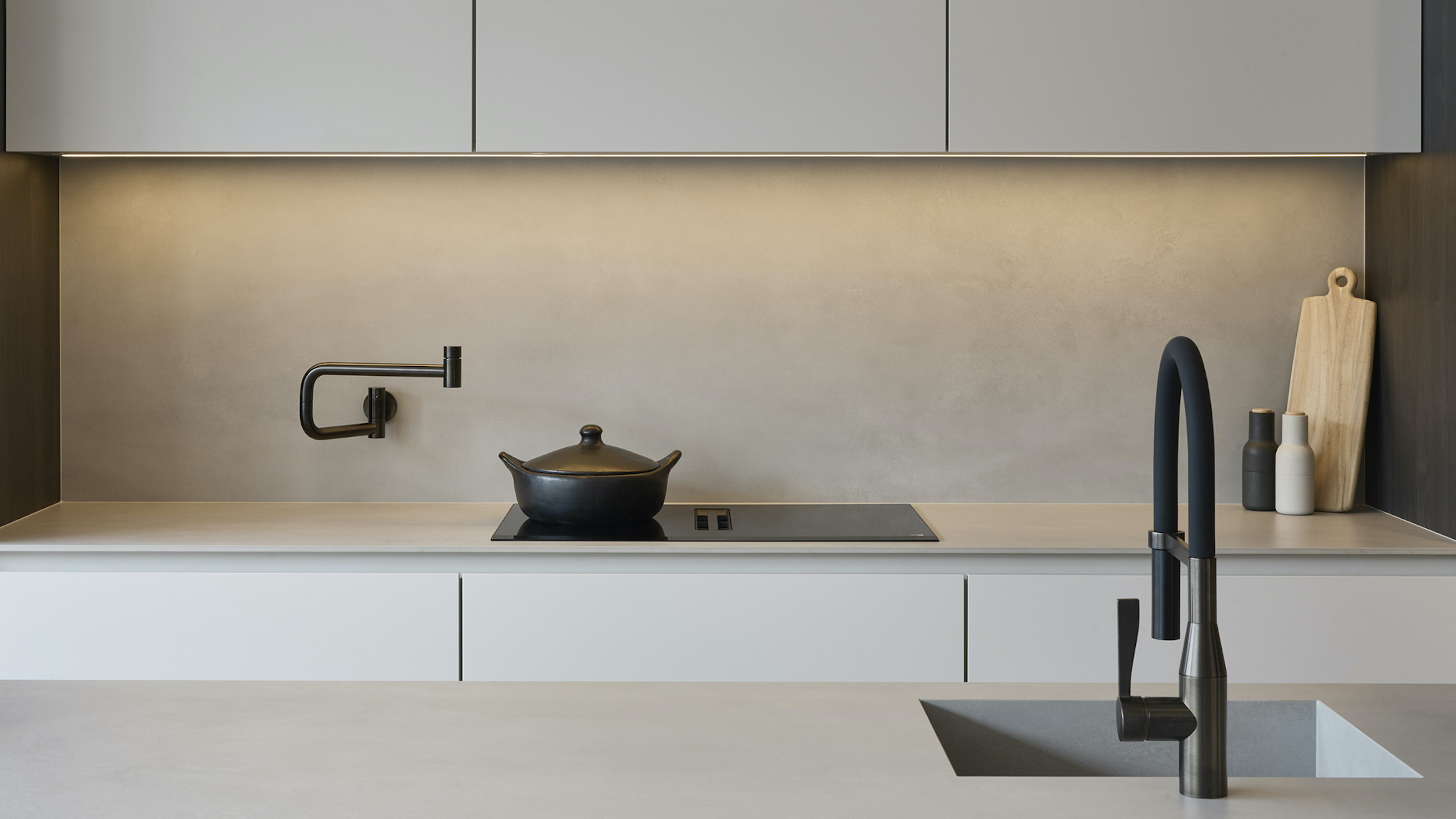 The 10 Different Types of Kitchen Taps — And the Pros and Cons of Each One to Know Before You Pick
The 10 Different Types of Kitchen Taps — And the Pros and Cons of Each One to Know Before You PickFrom sleek pull-outs to vintage bridge taps, explore 10 kitchen tap styles that mix function, flair, and a splash of cool
By Linda Clayton
-
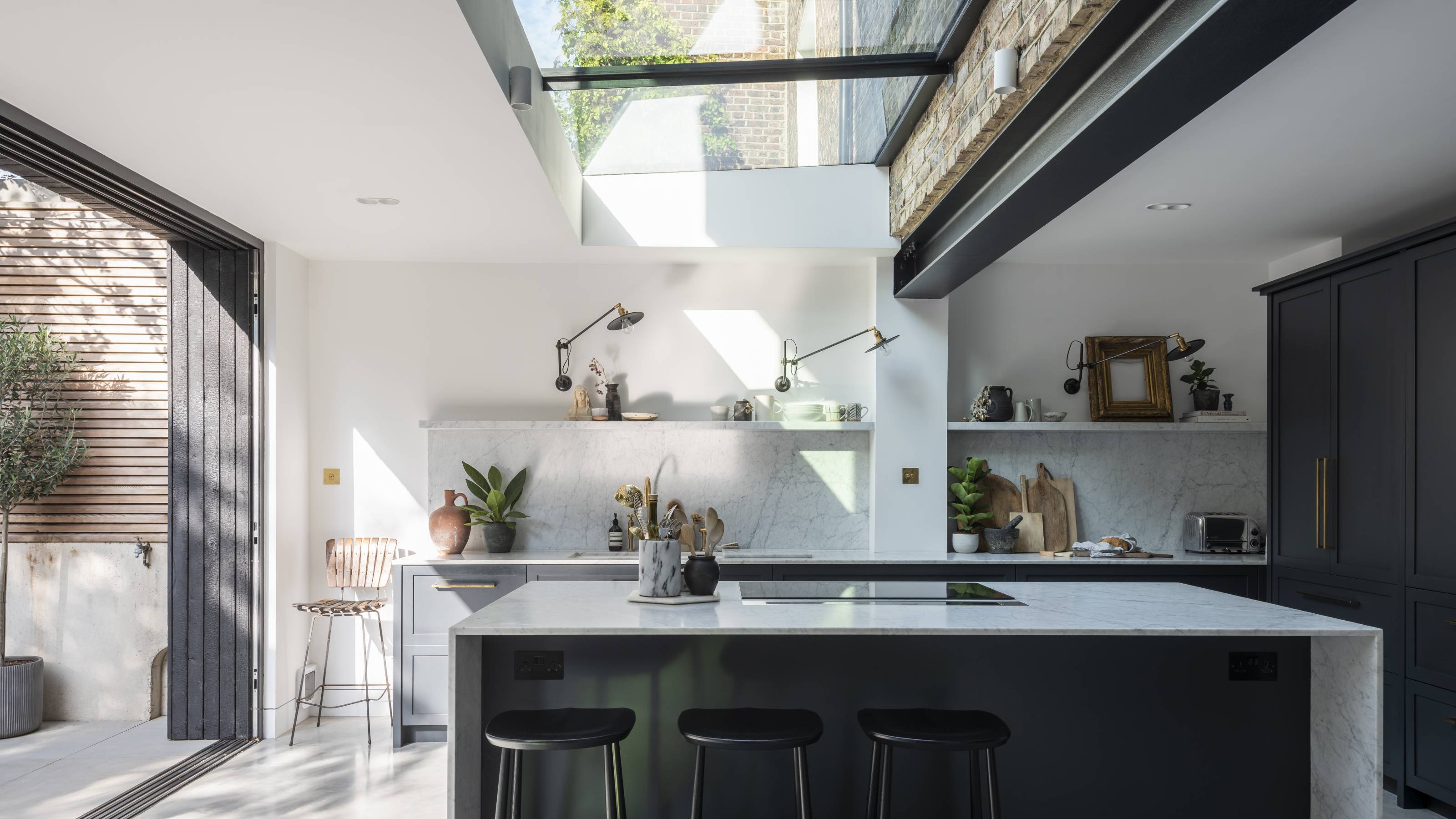 How Much Does an Extension Cost in 2025? Renovation and Design Experts Break Down Your Budget
How Much Does an Extension Cost in 2025? Renovation and Design Experts Break Down Your BudgetExplore how much different types of extensions cost in 2025 to budget for your project accurately
By Amy Reeves
-
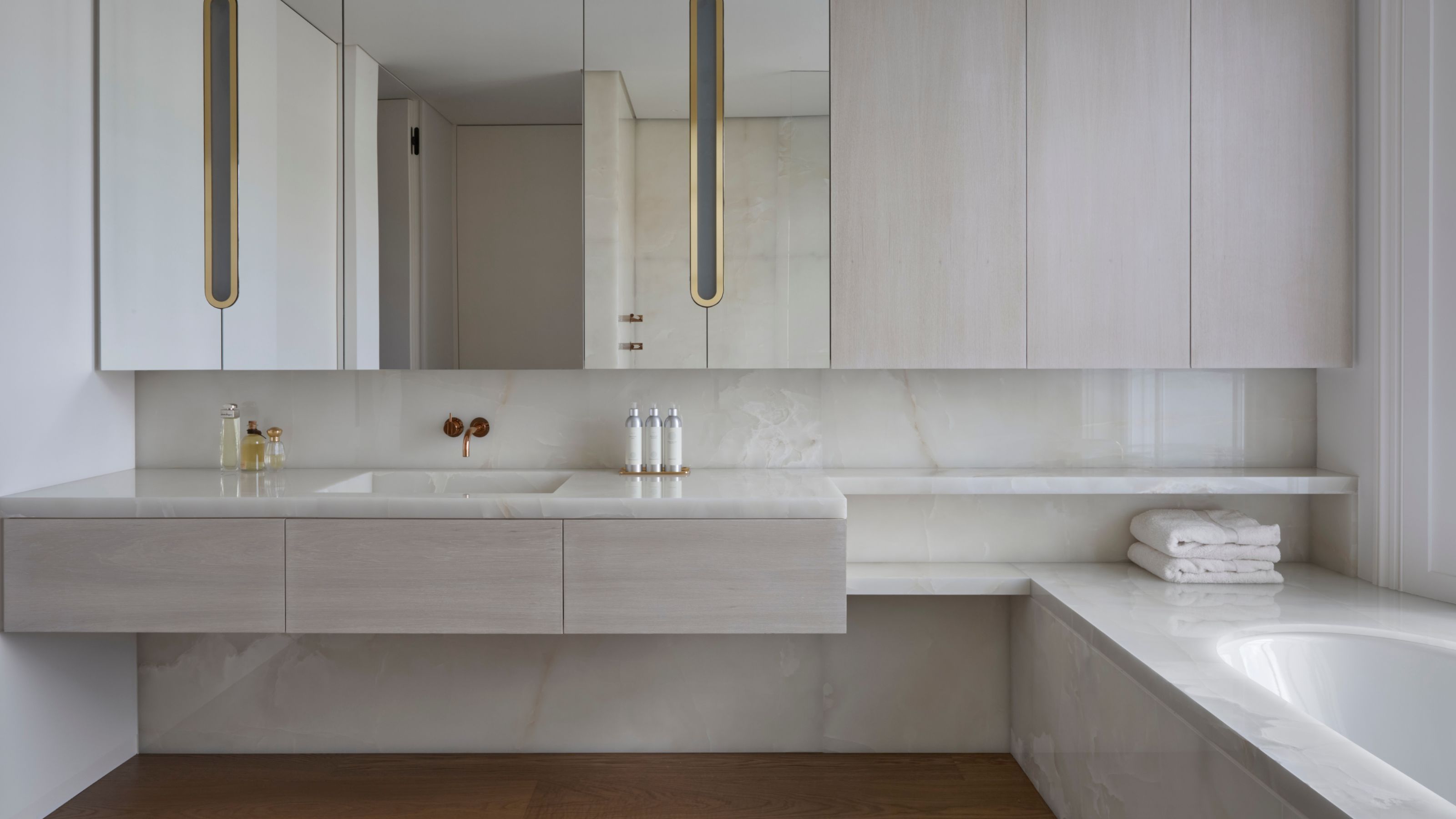 9 Bathroom Storage Mistakes You're Probably Making That Make Using This Space Much Harder — And What to Do Instead
9 Bathroom Storage Mistakes You're Probably Making That Make Using This Space Much Harder — And What to Do InsteadDiscover which mistakes are to blame for your overcrowded and cluttered bathroom
By Seraphina Kyprios
-
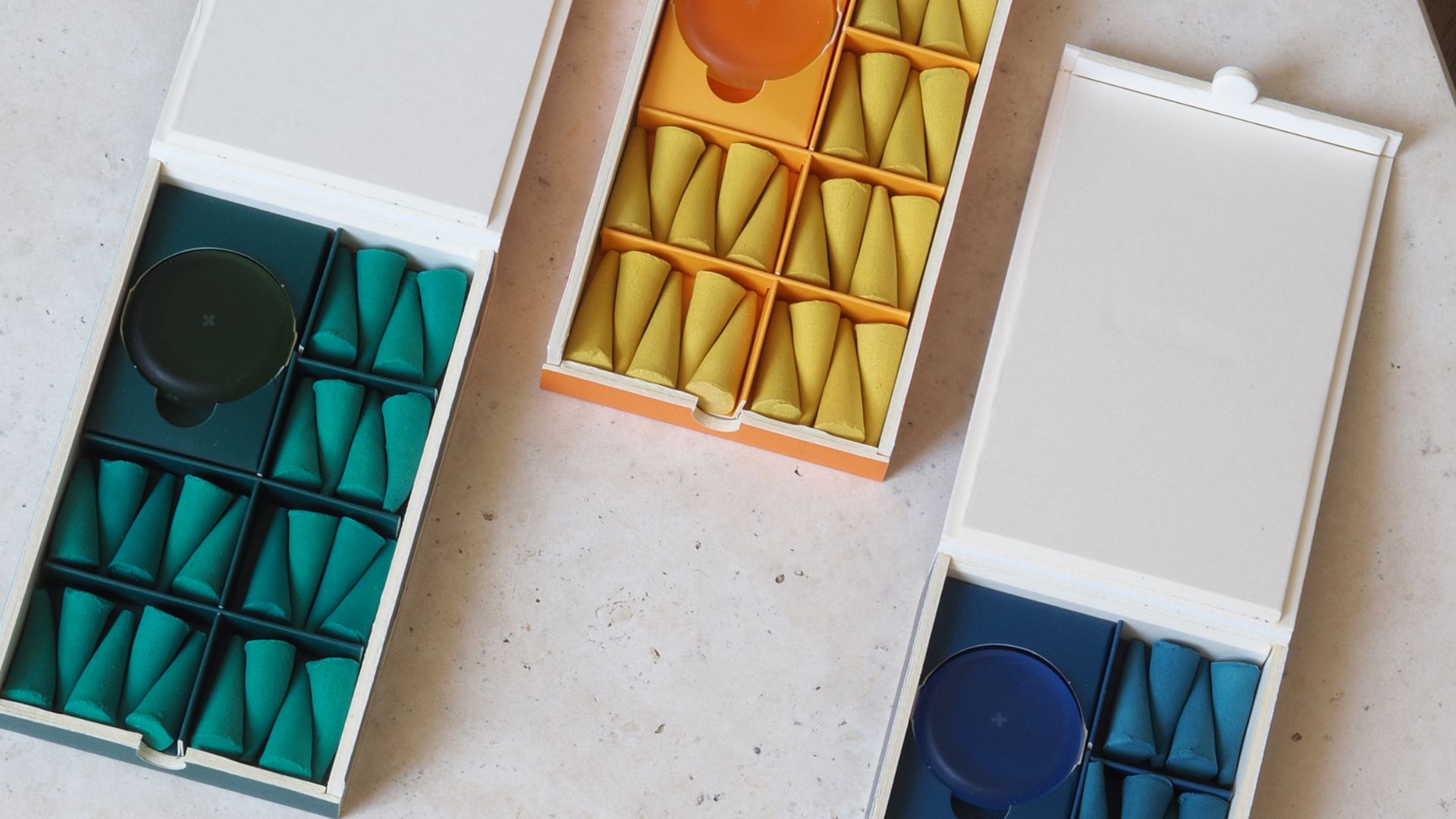 These 'Scenting Droplets' Might Be the Coolest (and Most Stylish) Way to Make Your Home Smell Amazing
These 'Scenting Droplets' Might Be the Coolest (and Most Stylish) Way to Make Your Home Smell AmazingIf you're looking to switch out your incense sticks for something more fun, then you should know about Ripple+'s incense droplets. Let me introduce you.
By Amiya Baratan
-
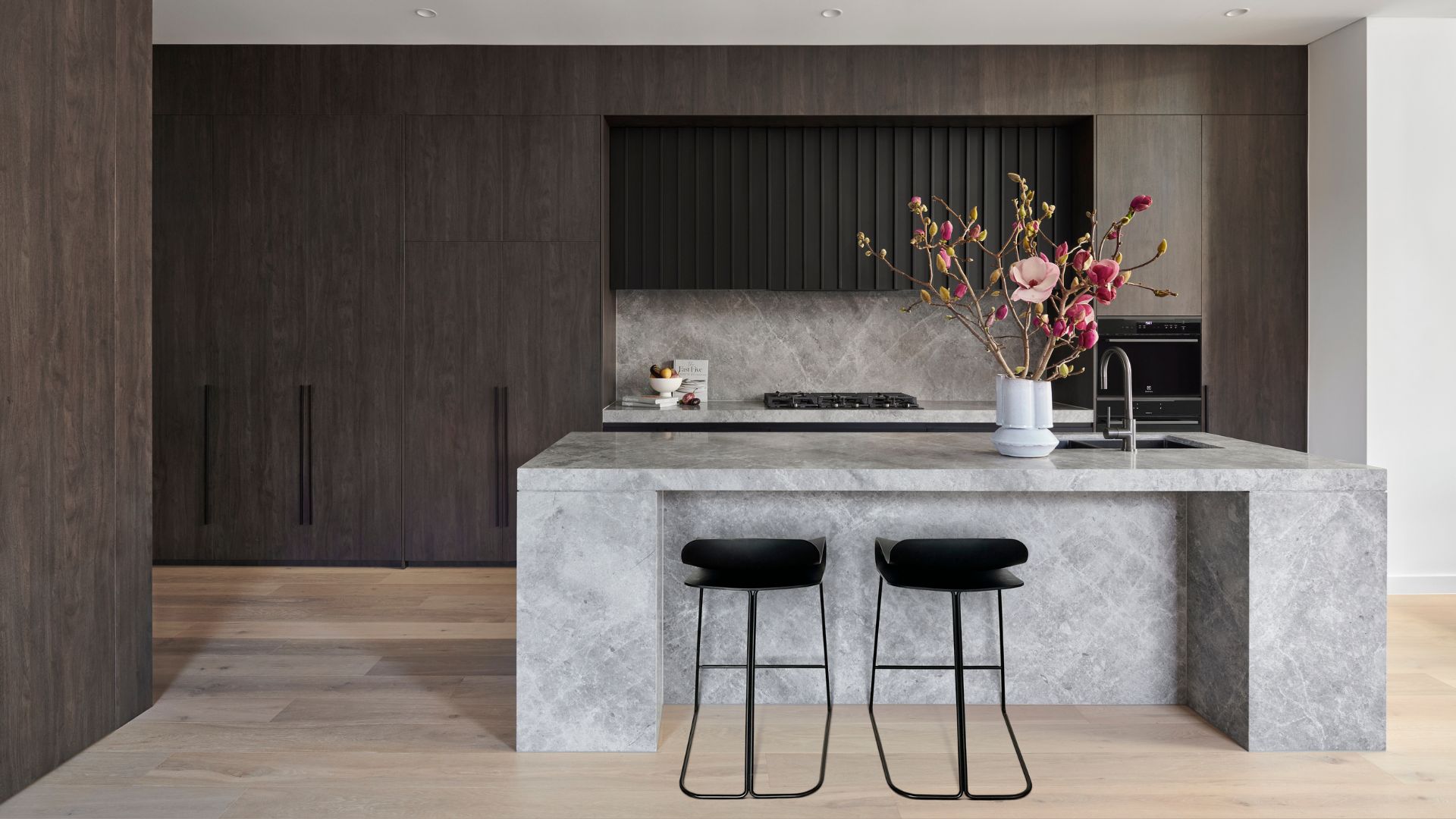 The Japanese Principle of Iki (粋) Is All About 'Refined Elegance' — Here's How to Embrace It in Your Home
The Japanese Principle of Iki (粋) Is All About 'Refined Elegance' — Here's How to Embrace It in Your HomeIf your interior vibe is all about refined elegance and opulent minimalism, you need to know about the Japanese principle of 'Iki'. Here's how to bring it home.
By Amiya Baratan
-
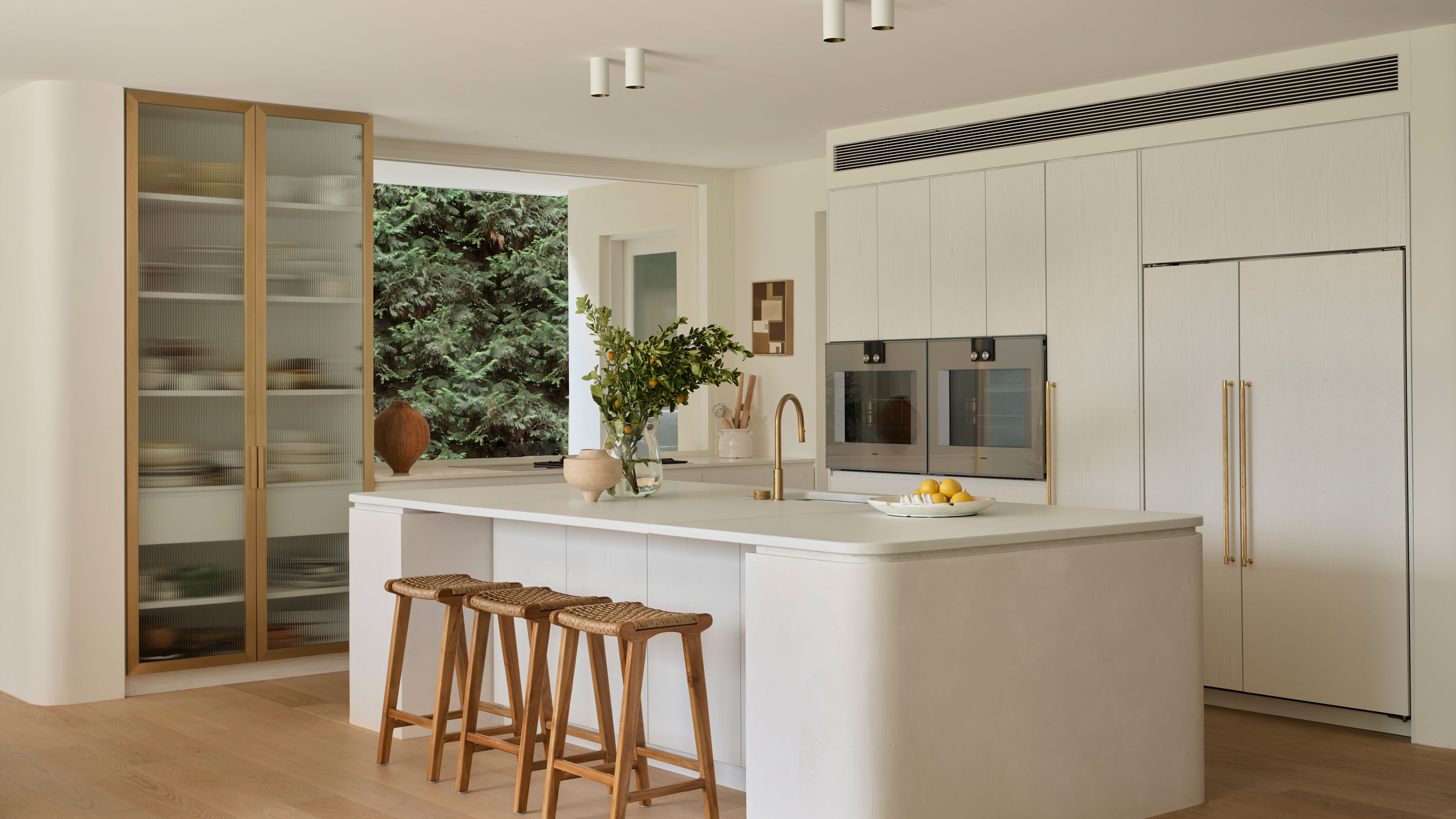 What Can I Choose Instead of Brass Taps? 4 Finishes That Are Emerging in 2025's Kitchens and Bathrooms
What Can I Choose Instead of Brass Taps? 4 Finishes That Are Emerging in 2025's Kitchens and BathroomsIf you want to try something a little different for your kitchen or bathroom finishes, these are the trending styles in taps beyond classic brass
By Seraphina Kyprios
-
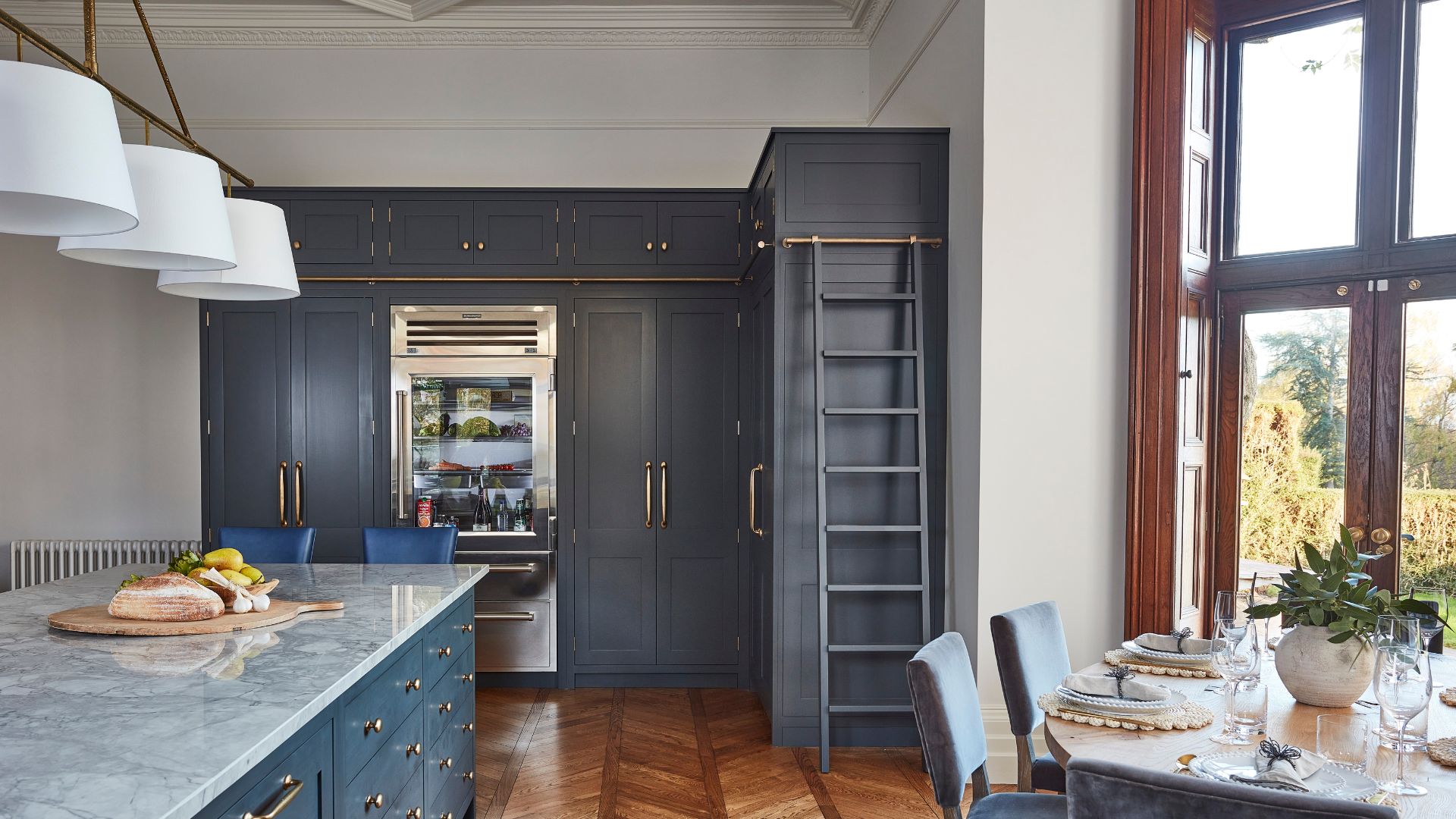 Kris Jenner’s 'All-Green' Glass Fridge Is My Organization Inspo of the Week — Here Are 5 Smart Storage Takeaways I'll Be Adopting
Kris Jenner’s 'All-Green' Glass Fridge Is My Organization Inspo of the Week — Here Are 5 Smart Storage Takeaways I'll Be AdoptingIf you're looking for fridgescaping inspiration, you might not think to look to Kris. But her all-green fridge says otherwise. Here are five tips we've learnt.
By Amiya Baratan